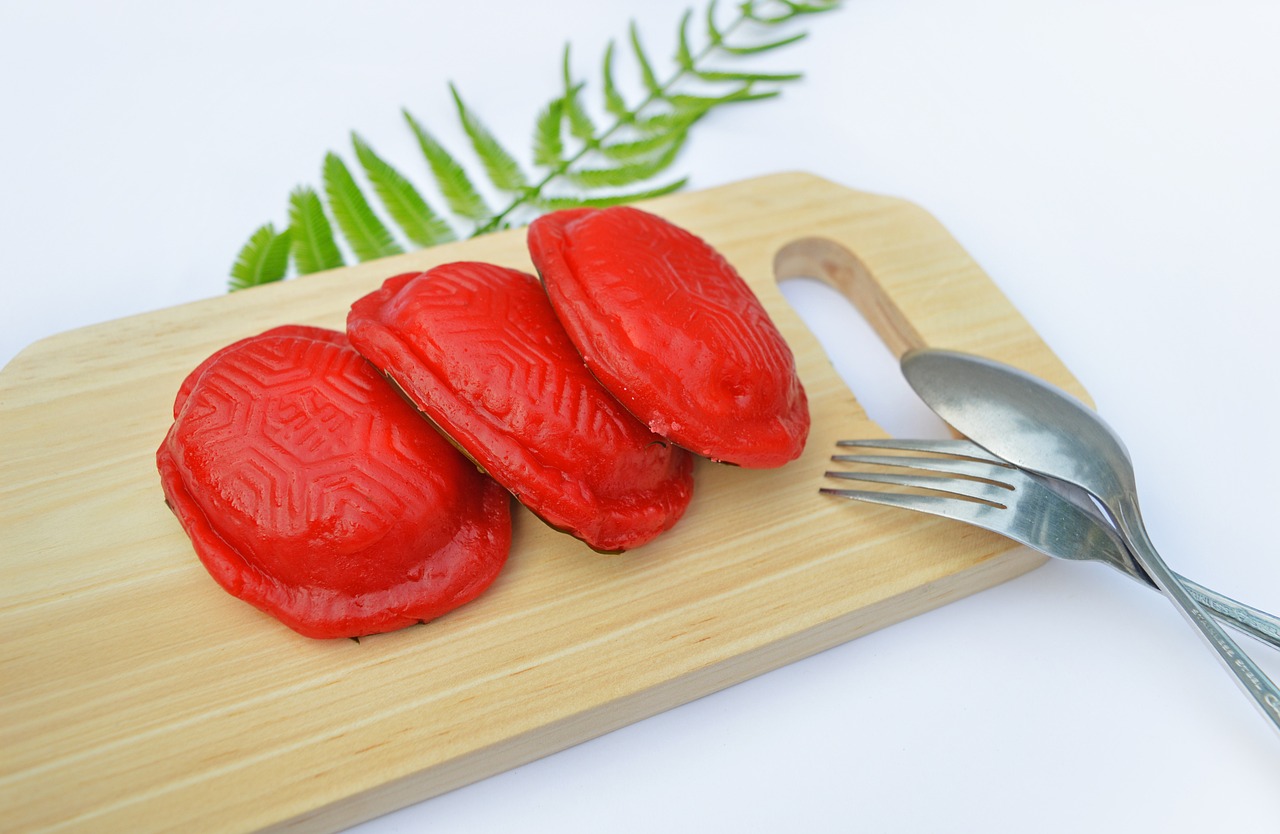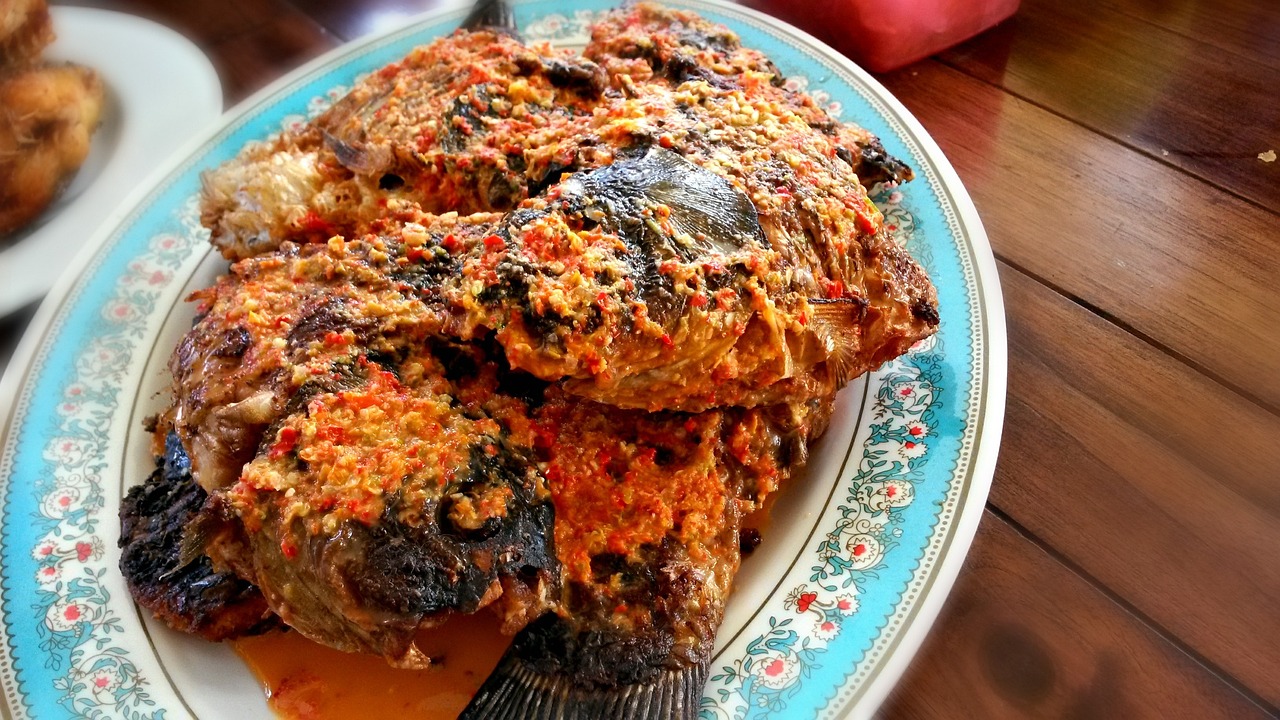Indonesian Rendang: Rich and Spicy Beef Stew

Indonesian Rendang is a rich and spicy beef stew that tantalizes the taste buds with its complex flavors and aromatic spices. This traditional dish holds a special place in Indonesian cuisine, reflecting the country's diverse culinary heritage and cultural traditions.
Origin and History
Exploring the roots and traditional background of Indonesian Rendang reveals a culinary journey steeped in history and cultural significance. Originating from the Minangkabau ethnic group of Indonesia, Rendang is more than just a dish; it's a symbol of heritage and tradition passed down through generations. The recipe's beginnings can be traced back to the Minangkabau people's expertise in using local ingredients and spices to create flavorful dishes that reflect their identity.
Legend has it that Indonesian Rendang was initially created as a way to preserve meat in the tropical climate of West Sumatra. The slow-cooking method, combined with a blend of aromatic herbs and spices, not only tenderized the beef but also enhanced its flavors, making it a staple dish in Minangkabau cuisine. Over time, Rendang evolved from a practical solution to a culinary masterpiece celebrated for its rich taste and complex seasoning.
The traditional preparation of Indonesian Rendang involves patience and skill, with each step adding depth to the dish's history. The slow simmering of beef in coconut milk, along with a medley of spices such as lemongrass, galangal, and turmeric, creates a harmonious blend of flavors that have stood the test of time. The meticulous process of cooking Rendang showcases the Minangkabau people's dedication to preserving their culinary heritage and sharing it with the world.
Ingredients and Preparation
Indonesian Rendang is a dish that boasts a rich tapestry of flavors and a spicy kick that sets it apart from other beef stews. The secret lies in its ingredients and intricate preparation process, which contribute to its complex taste profile and aromatic essence.
To create this culinary masterpiece, you will need a variety of key components that work harmoniously together. The primary ingredients for Indonesian Rendang typically include:
- Beef: Traditionally, a tough cut of beef like chuck or flank is used to achieve the perfect texture after slow cooking.
- Coconut Milk: Provides a creamy base for the dish and helps balance out the bold spices.
- Galangal: A rhizome similar to ginger, but with a more peppery and citrusy flavor, adding depth to the stew.
- Lemongrass: Offers a refreshing citrus aroma and subtle taste that complements the richness of the beef.
- Kaffir Lime Leaves: Infuse a unique citrusy fragrance into the dish, enhancing its overall complexity.
- Chili Peppers: Bring the heat and vibrancy to Indonesian Rendang, making it a spicy delight for adventurous palates.
The preparation of Indonesian Rendang is a labor of love that requires patience and attention to detail. The beef is simmered in a mixture of coconut milk and a blend of spices for hours, allowing the flavors to meld together and the meat to become tender. As the liquid evaporates, the stew thickens, and the beef absorbs all the aromatic essences, resulting in a dish that is bursting with flavor.
To achieve the authentic taste of Indonesian Rendang, it is crucial to follow the traditional cooking methods passed down through generations. The slow cooking process is essential to tenderize the beef and develop the intricate flavors that make this dish so special. Each step, from toasting the spices to simmering the stew to perfection, plays a vital role in creating a culinary masterpiece that embodies the essence of Indonesian cuisine.
Regional Variations
When it comes to Indonesian Rendang, the dish showcases a fascinating array of regional variations that add depth and diversity to this beloved culinary delight. Each region in Indonesia puts its own unique spin on the traditional recipe, resulting in a tapestry of flavors and cooking styles that cater to different palates and preferences.
In Sumatra, the birthplace of Rendang, you can expect a rich and fiery rendition of the dish. The use of an abundance of spices such as galangal, lemongrass, and turmeric creates a bold and intense flavor profile that is characteristic of Sumatran cuisine. The stew is often simmered for hours until the meat is tender and infused with the aromatic essence of the spices.
Traveling to Java, you may encounter a milder version of Rendang that focuses more on the balance of flavors rather than intense heat. Javanese Rendang tends to be sweeter, with hints of coconut milk adding a creamy texture to the dish. The use of palm sugar and tamarind gives it a unique tanginess that sets it apart from other variations.
Bali, known for its vibrant culinary scene, offers a Rendang experience that incorporates local ingredients such as kaffir lime leaves and torch ginger flower. The Balinese version of the dish is often spicier compared to other regions, with a citrusy undertone that adds a refreshing twist to the rich and savory stew.
In Sulawesi, Rendang takes on a distinct character with the addition of candlenut and nutmeg, imparting a nutty and aromatic flavor profile to the dish. The use of fresh herbs like basil and bay leaves enhances the complexity of the stew, creating a harmonious blend of earthy and herbal notes.
As you venture through the different regions of Indonesia, you'll encounter a myriad of regional variations of Rendang that reflect the diverse cultural influences and culinary traditions of each area. Whether you prefer your Rendang fiery and bold or milder and sweeter, there is a version of this iconic dish to suit every taste bud.
Serving and Pairing
When it comes to serving Indonesian Rendang, presentation is key to enhancing the dining experience. The rich and spicy flavors of this traditional dish deserve to be showcased in an appealing manner. Whether you are hosting a special occasion or simply enjoying a meal at home, here are some tips on how to serve and pair Indonesian Rendang:
Serving Suggestions:
- Traditionally, Indonesian Rendang is served with steamed white rice, allowing the tender beef and flavorful sauce to be soaked up by the grains.
- Consider garnishing the dish with fresh cilantro leaves or thinly sliced red chilies for a pop of color and added freshness.
- For a complete Indonesian meal experience, serve Rendang alongside traditional side dishes like sambal, krupuk (prawn crackers), and acar (pickled vegetables).
- Individual serving bowls or a communal platter can be used to present the dish, depending on the dining style and occasion.
Pairing Recommendations:
- Wine Pairing: Opt for a bold red wine such as a Malbec or Shiraz to complement the robust flavors of Indonesian Rendang.
- Beer Pairing: A malty beer like a Brown Ale or a rich Porter can also be a great match for the spicy notes of the dish.
- Non-Alcoholic Options: For those who prefer non-alcoholic beverages, consider pairing Rendang with a refreshing iced tea or a coconut water to balance the heat.
- Dessert Pairing: To round off the meal, a light and citrusy dessert like a lemon sorbet can provide a refreshing contrast to the bold flavors of the stew.
By paying attention to the serving presentation and thoughtful pairing choices, you can elevate the experience of enjoying Indonesian Rendang, creating a memorable culinary journey that delights the senses.
Popularity and Global Influence
Indonesian Rendang has been gaining immense popularity on the global culinary stage, captivating the taste buds of food enthusiasts worldwide. Its rich and spicy flavor profile, combined with tender beef and a harmonious blend of aromatic spices, has made it a sought-after dish in various parts of the world. The explosion of interest in Indonesian cuisine has propelled Rendang to the forefront, with many renowned chefs incorporating their unique interpretations of this traditional dish into their menus.
One of the key factors contributing to the global influence of Indonesian Rendang is its versatility. This dish can be enjoyed in a myriad of ways, whether served with steamed rice, wrapped in a fragrant banana leaf, or paired with crispy prawn crackers. The complexity of flavors in Rendang has sparked creativity among chefs, leading to innovative fusion dishes that combine Indonesian culinary traditions with contemporary cooking techniques.
The surprise element of Indonesian Rendang lies in its ability to appeal to a wide range of palates, from those who crave bold and intense flavors to individuals seeking a more nuanced culinary experience. The dish's depth of flavor, achieved through slow cooking and the careful balance of spices, has garnered a loyal following among food connoisseurs and casual diners alike.
As Indonesian cuisine continues to make waves in the global gastronomic scene, Rendang stands out as a shining example of the country's culinary prowess. Its growing popularity has not only put Indonesian flavors in the spotlight but has also inspired a new wave of appreciation for Southeast Asian cuisine as a whole. With its rich history and explosive flavors, Indonesian Rendang is sure to leave a lasting impression on food lovers around the world.



 HazalVardal
HazalVardal 





